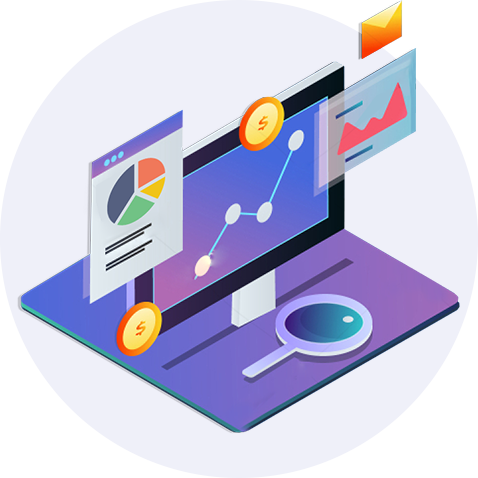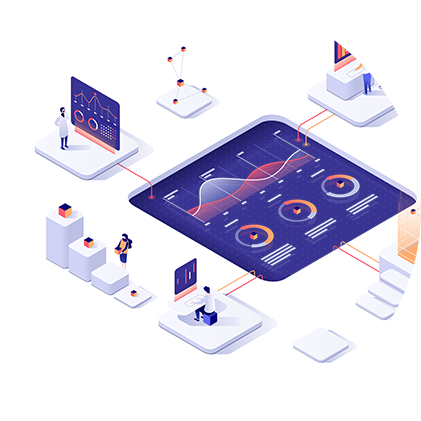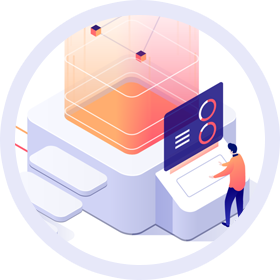
Demand Waterfall
It’s the hottest thing in Marketing right now. It’s the way for you to finally prove the value of your technology stack, your marketing investment, the mix of programs you are doing and the disposition of the leads you are delivering.
There are different versions of a demand waterfall. It’s important to understand what’s involved in the build, and what the limitations are of each model, so you can determine what’s best for your organization.
Scroll down to read more

There are three demand waterfall types:
The leads only waterfall is the simplest one to build, but only works on data in the lead object in Salesforce. It involves selecting a formal set of qualification stage names that are used in the default Lead Status field. Then, we create a set of custom formula fields and workflow rules to keep track of the timing of the lead status stage changes.
This waterfall works on data in the lead and the contact object in Salesforce. It involves selecting a formal set of qualification stage names that are used in the default Lead Status field and the same set of values in a new field in the contact object (Contact Status). A set of custom formula fields and workflow rules is built in each object to keep track of the timing of the lead/contact status stage changes.
This waterfall uses the Opportunity object in Salesforce to manage lead qualification. Opportunities are a powerful out-of-the-box object in Salesforce. It automatically keeps track of opportunity stage changes. You can choose to expand the opportunity sales stages you have now to include qualification stages, or you can choose to create a new opportunity record type just for lead qualification. With this model, the Salesforce lead object goes away (is hidden). All records that come into Salesforce from marketing automation get auto-converted to a Contact/Account and get added to a Campaign. The Campaign member status determines if a Leadtunity gets created or not.



Once you have your demand waterfall built, the way you do marketing programs needs to change to support it.
Every program needs to include lead handover instructions such as:



Wondering how to get started & how much this costs?